In the age of instant messages, FaceTime, and social media, it’s hard to imagine a world where news traveled at a snail’s pace especially news as important as the life or death of a loved one. But in 1825, that was the reality. And for Samuel Morse, that slow communication turned into unbearable heartbreak.
The tragic loss of his wife due to a delay in receiving news would not only change his life it would eventually revolutionize the entire world.
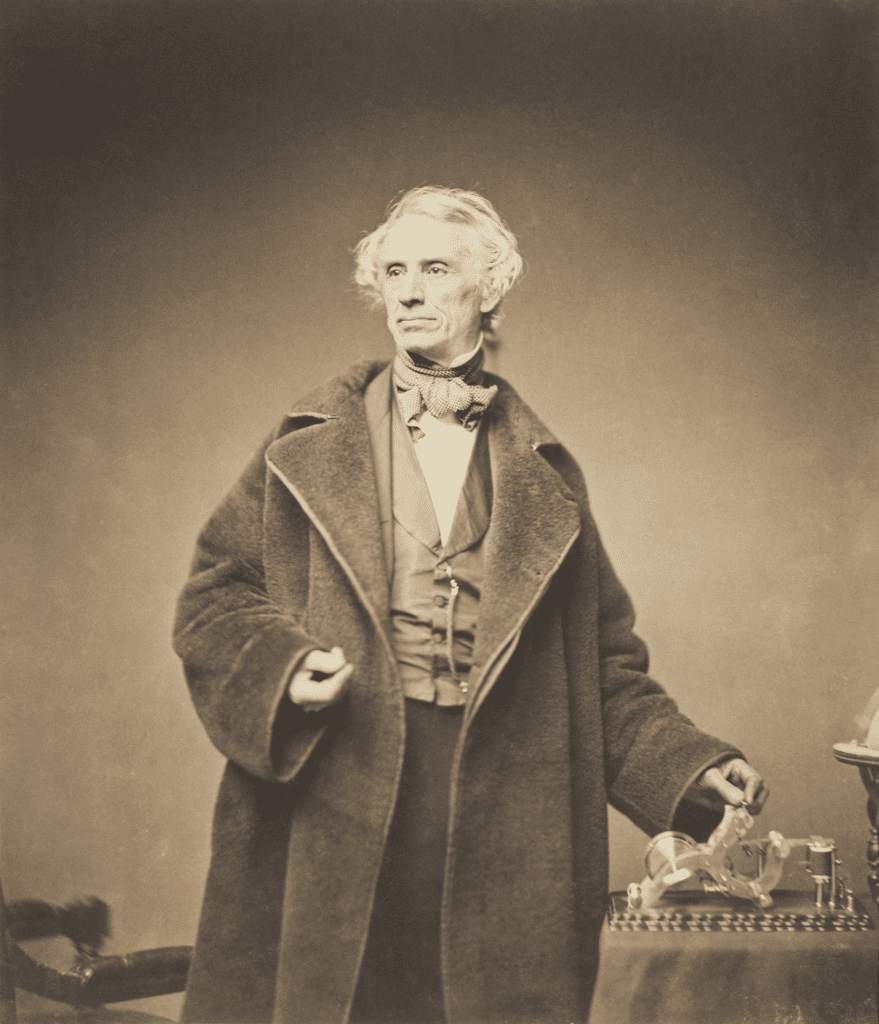
A Personal Tragedy That Changed History
Samuel Morse was a painter by profession, not a scientist or engineer. He had been in Washington, D.C., working on a portrait when his wife, Lucretia, fell seriously ill back home in Connecticut. But because messages traveled only as fast as a horse could carry them, the news of her illness reached Morse too late.
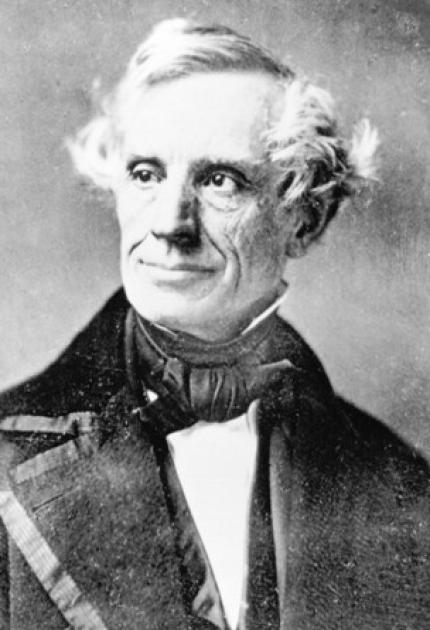
By the time he received the letter, she had already died and was buried. Morse was devastated, not only by her death but by the fact that he wasn’t there, that he hadn’t even had the chance to say goodbye.
That moment haunted him. But it also lit a fire inside him. Morse became obsessed with the idea that there had to be a faster way to send information over long distances.
Video:
The Tragedy That Led Samuel Morse to Develop the Telegraph
From Canvas to Cables: Morse’s Unexpected Pivot
Most people don’t reinvent themselves after tragedy. But Morse wasn’t most people. He shifted from painting to pursuing a radical idea: instant communication over wires.
He teamed up with physicist Joseph Henry and inventor Alfred Vail to develop an electric telegraph. This machine could send electrical pulses over a wire to represent letters and words.
But to make the system work, Morse also needed a new language something simple, fast, and universal. The result? Morse Code, a series of dots and dashes representing letters and numbers. It was brilliant in its simplicity and power.
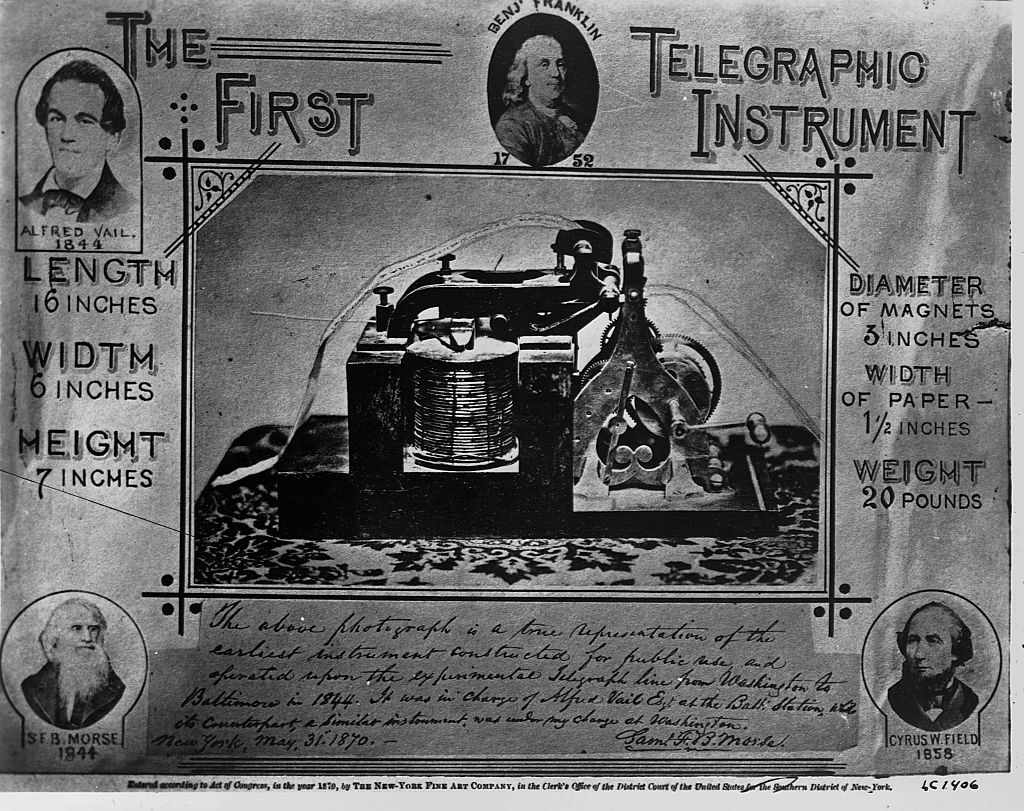
The First Message: “What Hath God Wrought”
In 1844, nearly 20 years after his wife’s passing, Morse sent the first successful telegraph message from Washington, D.C., to Baltimore. The message, chosen by a young woman named Annie Ellsworth, read:
“What hath God wrought.”
It was a powerful and poetic phrase pulled from the Bible, and it marked the beginning of a new era. For the first time in history, information could travel faster than people.
It wasn’t just a technological win it was an emotional one, a triumph born from grief and perseverance.
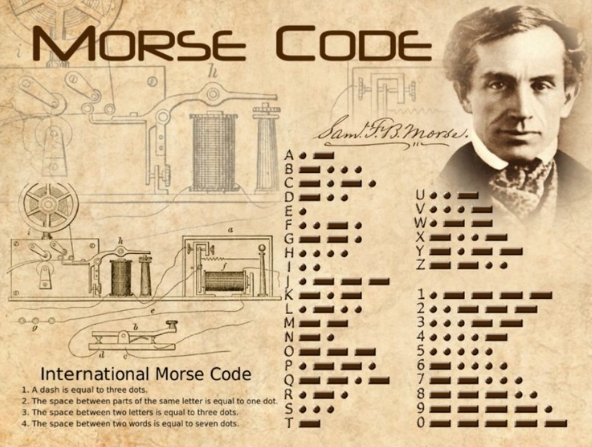
A New World of Communication
The telegraph transformed the 19th century. Railroads used it to coordinate trains. Newspapers used it to report breaking news from across the globe. Governments and military operations became more efficient. And for everyday people, it opened a new world of connection.
Morse’s invention shrank the world. Messages that once took days or weeks could now be sent in seconds. Business, journalism, diplomacy every corner of life changed.
Video:
Samuel Morse The Telegrap
Morse’s Legacy Lives On
While we’ve long moved on to fiber optics and 5G, the foundational ideas of Morse’s invention still power our digital world. Every text, tweet, and video call owes a debt to the telegraph and to the heartbreak that inspired it.
Morse didn’t just invent a machine. He built a bridge between hearts, closing the painful gap that once left him alone in grief.
Today, we honor Samuel Morse not just as an inventor, but as a man whose sorrow sparked one of the most important revolutions in human history. And in doing so, he made sure that others would never have to suffer the silence he once did.
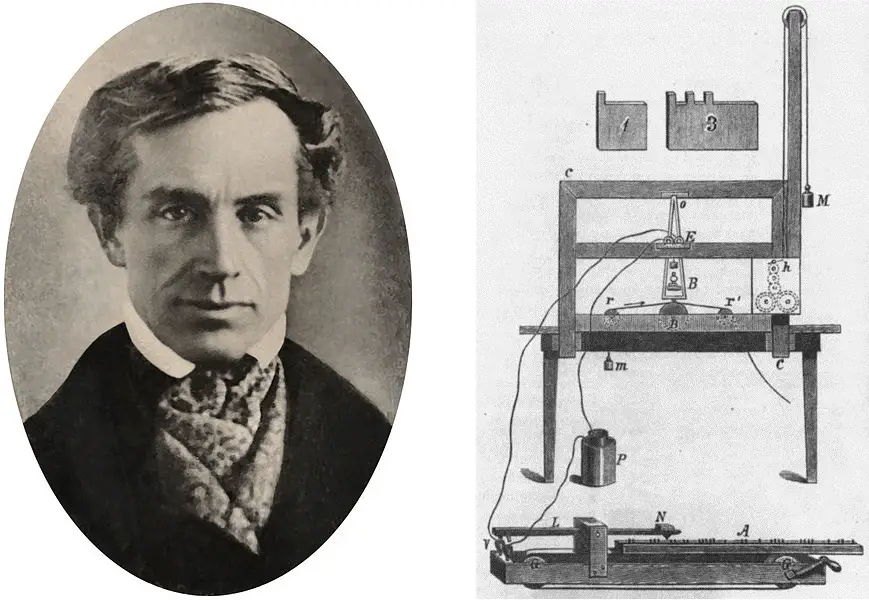
Final Thought
It’s ironic how one of the world’s greatest innovations in communication began with a message that never arrived in time. Samuel Morse turned his personal pain into progress for humanity proof that out of loss can come legacy.
So next time your phone buzzes or a message pings in from across the world, take a moment to remember the man who made it all possible not with a microchip, but with dots, dashes, and deep love.


